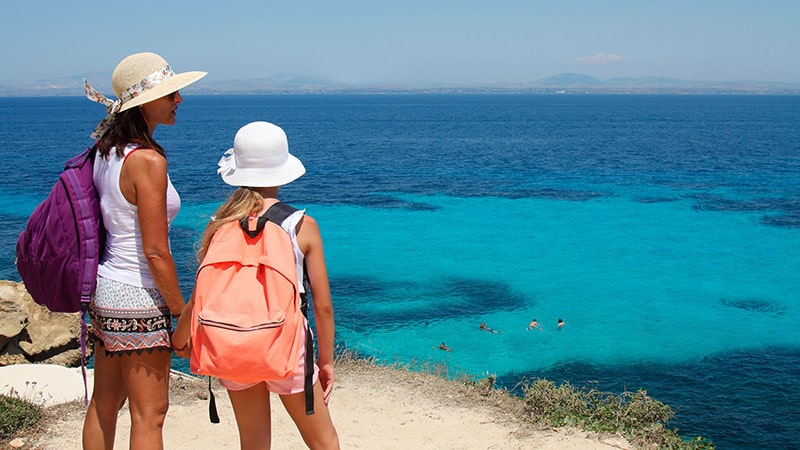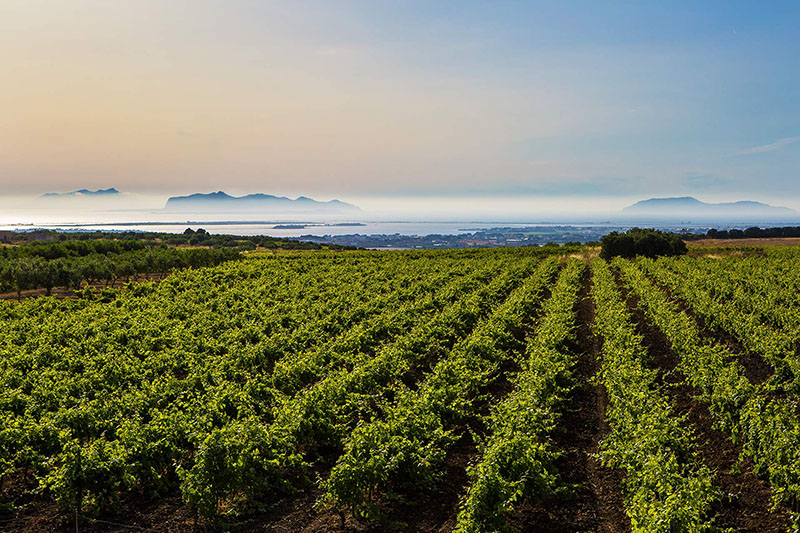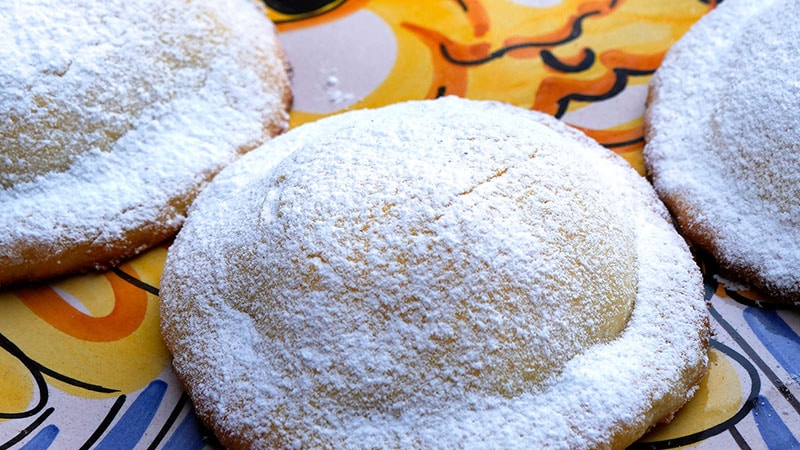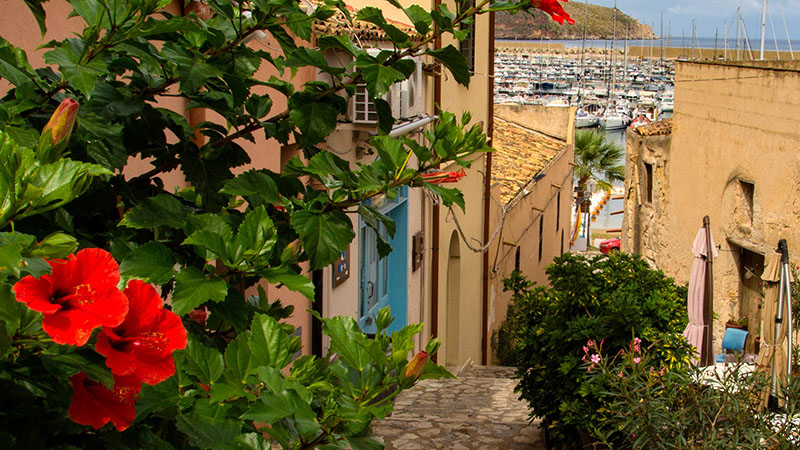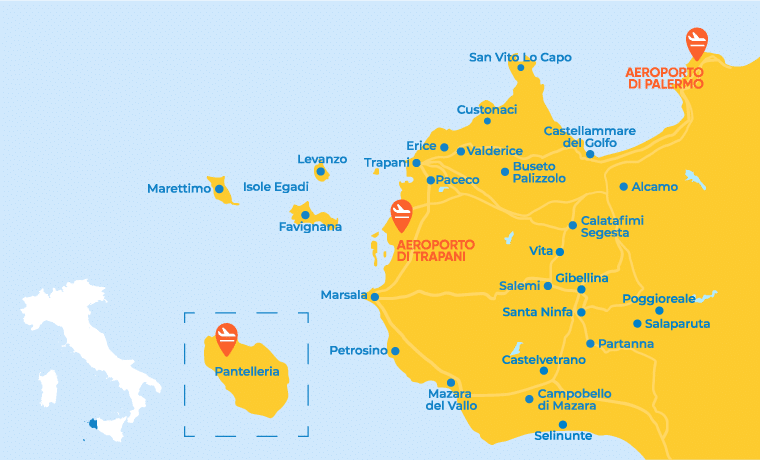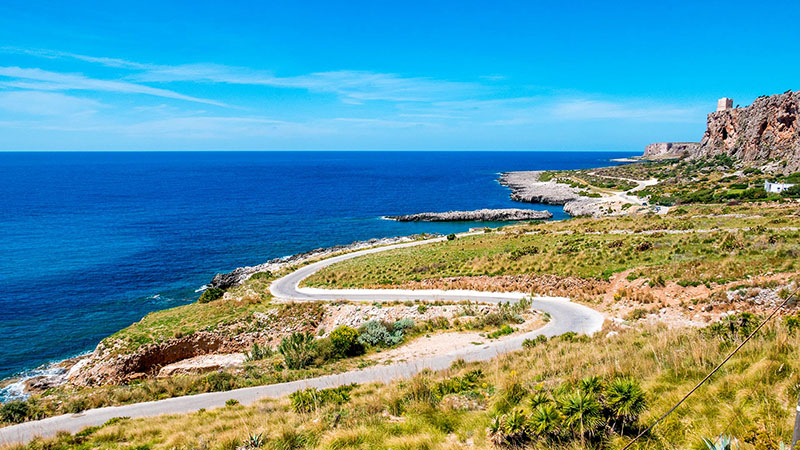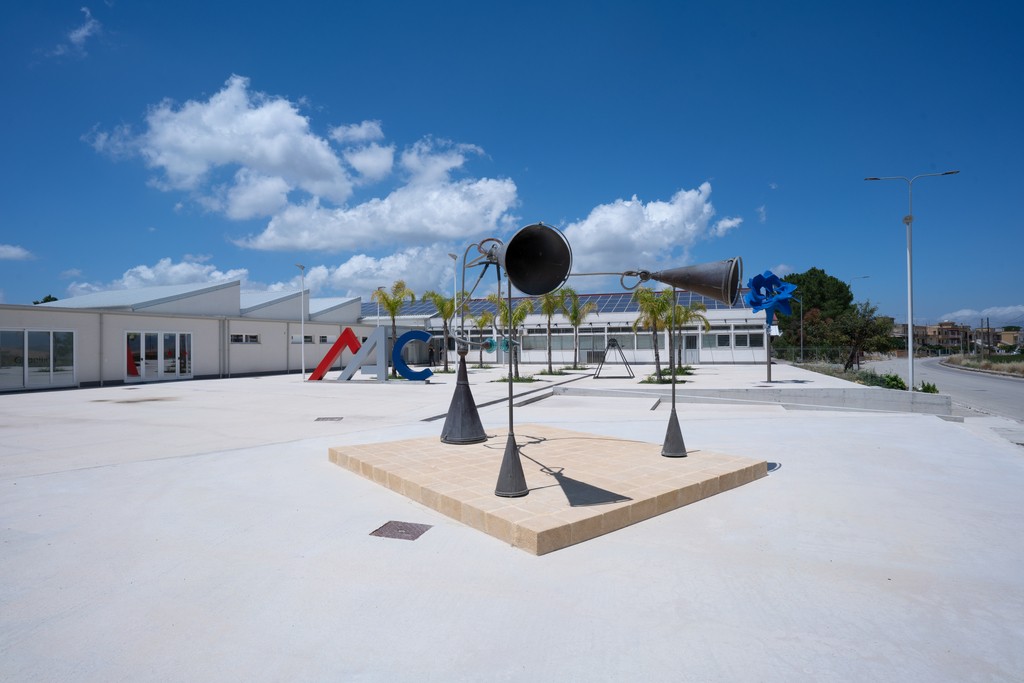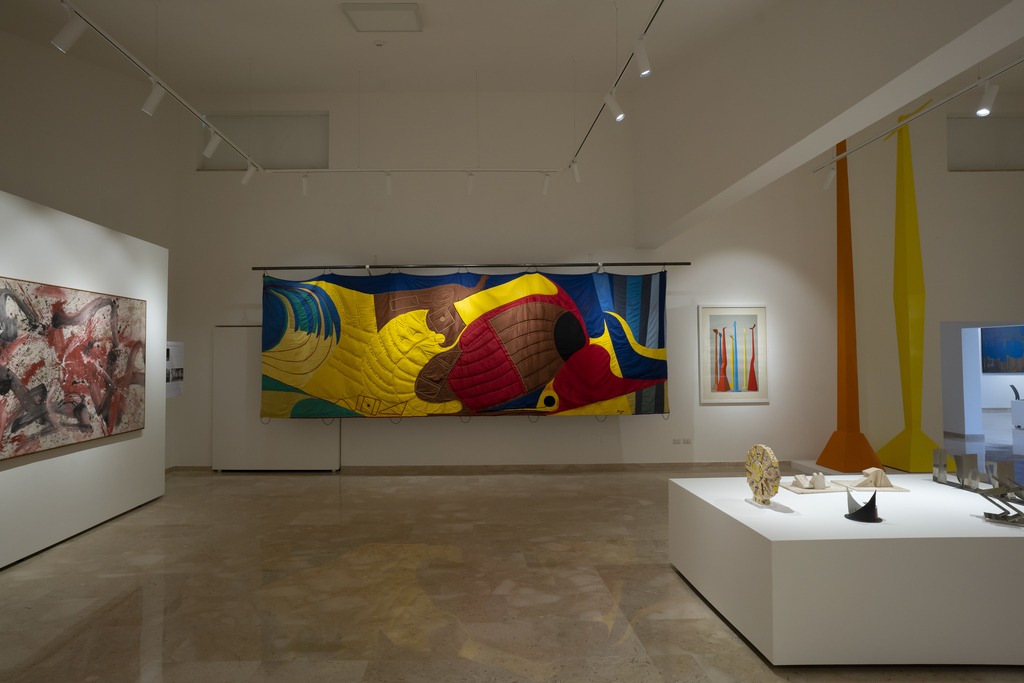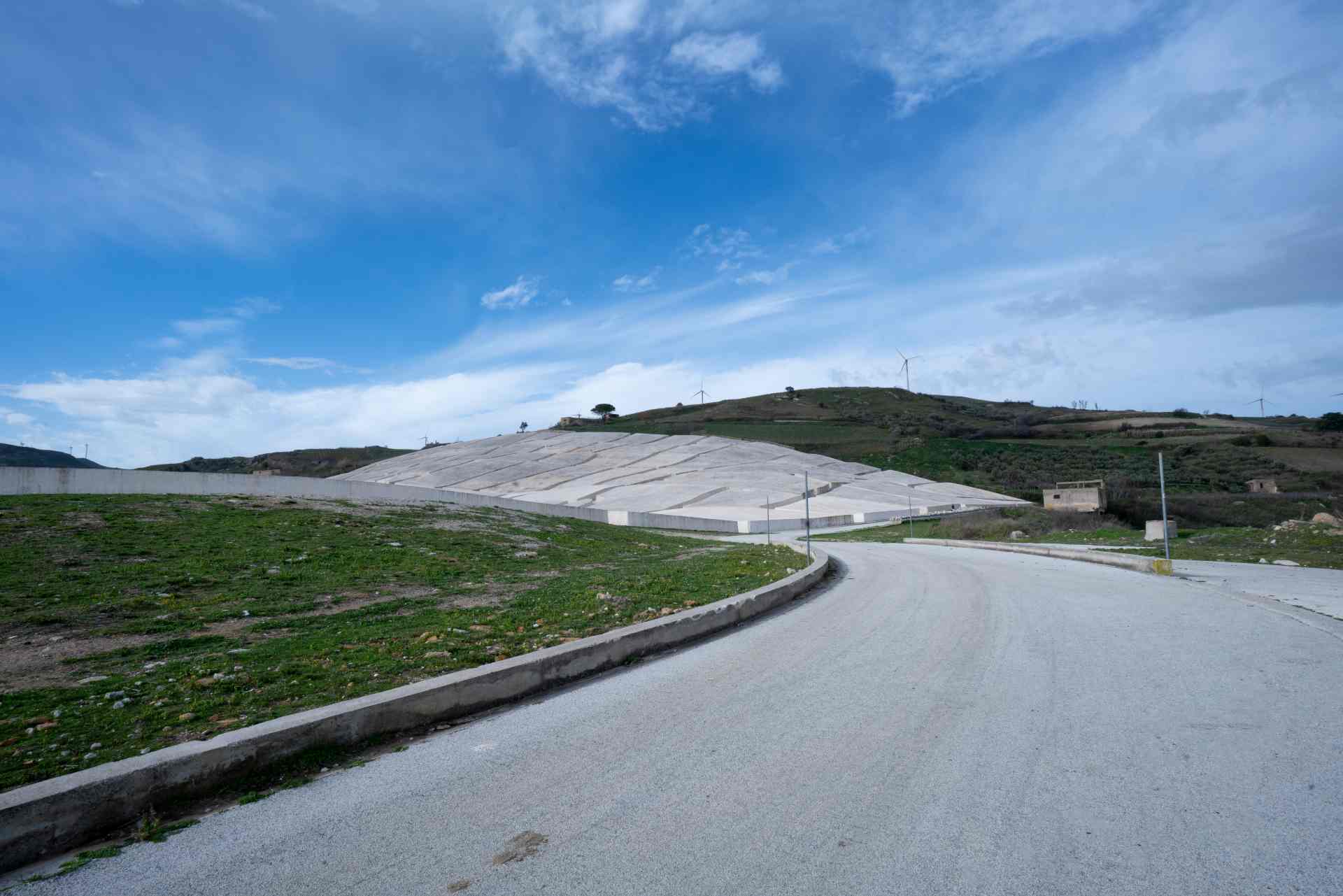Gibellina: an open-air artwork
Gibellina, in the heart of the Belice Valley, is famous for having experienced one of the most devastating earthquakes in Italian history and for having been rebuilt following the most modern architectural standards. The goal was to create a functional and modern city, embellished with some famous works of contemporary artists.
A unique place in the world that, with its history of destruction and rebirth, has inspired intellectuals, artists, and thinkers, becoming a cultural hub and an urban experiment in constant evolution.
With this article, let’s discover together a true open-air artwork: Gibellina!
The history of the Belice earthquake
In the 1960s, Gibellina was a city of about 6,000 inhabitants, characterized by a well-preserved medieval historic center. On the night between January 14th and 15th, 1968, an earthquake with a magnitude of 6.4 hit the Belice region, causing significant damage throughout the area.
The epicenter of the earthquake was located in the western part of Sicily, about 70 kilometers southwest of Palermo. The main shock lasted about a minute and caused the destruction of numerous buildings, including many historic buildings and churches. Among the most affected cities besides Gibellina were Poggioreale, Montevago, and Salaparuta, which were completely destroyed. Significant damage also occurred in Santa Margherita di Belice, Santa Ninfa, Partanna, and Salemi.
The victims were about 230, a number that would have been certainly higher if there had not been, during the day of January 14th, some smaller intensity shocks that convinced most of the population to spend the night outdoors.
The accounts of the first rescuers and journalists who arrived at the disaster site testify to a devastation that is difficult to imagine, with most of the roads completely destroyed, difficulties in connecting the various affected towns, and tens of thousands of people without a home, forced to spend the nights outdoors in the coldest period of the year.
The reconstruction was slow and difficult, many people were forced to emigrate, others remained living in tent cities for years. The earthquake had a lasting impact on the Belice Valley and its population, changing it forever and leaving fractures that are struggling to heal; even today, many inhabitants of the affected cities continue to remember the tragedy and work to preserve the memory of the destroyed communities.
Gibellina nuova: a city that amazes
Following the earthquake, it was decided to rebuild the city of Gibellina in a new location, about 20 kilometers northwest of the original position. In 1970, a large-scale reconstruction project was commissioned, entrusted to the Piedmontese architect Franco Purini, for the construction of a completely new and hyper-contemporary city. Purini’s project envisaged the construction of reinforced concrete buildings and the use of simple geometric shapes, with the aim of creating a functional and rational city.
The idea of the municipal council led by Mayor Ludovico Corrao was to accompany the construction of Gibellina Nuova with an ambitious urban furniture project, involving the most famous artists of the time, to transform the city into the largest open-air museum in Italy: the artworks were to permeate the public space, integrating into the most representative places of collective life, such as squares, churches, and access points to the city.
World-renowned artists and architects responded to the call, creating about fifty works of art for Gibellina, some of which have since become true symbols of the entire territory.
The most famous works include:
- The Stella di Ingresso al Belice, created in 1981 by Pietro Consagra, which takes inspiration from the structure of the lights that were used during village festivals.
- Omaggio a Tommaso Campanella by Mimmo Rotella.
- The Chiesa Madre by architect Antonio Quaroni, completed in 1972.
- The Sistema delle Piazze, created by Franco Purini and Laura Themes, intended to be a place of civic gathering.
Among the cultural initiatives promoted by Corrao, it is worth mentioning the foundation of the international Orestiadi festival, which includes events of various kinds such as theater, music, painting, and culture. Within the festival’s framework, some famous works were created as part of theatrical sets that are still visitable today. Some of them are kept at the Museum of Mediterranean Weaving inside the Baglio Di Stefano, such as Mimmo Paladino’s Montagna di Sale, Arnaldo Pomodoro‘s Macchine Spettacolari and L’Aratro per Didone.
Another place definitely worth visiting is the MAC, the Museum of Contemporary Art, which hosts the largest collection in Southern Italy, featuring works by internationally renowned artists such as Mimmo Schifano and Renato Guttuso.
Il Grande Cretto di Burri: l’opera di land art famosa in tutto il mondo
The work that best represents the city of Gibellina and its rebirth is probably the Grande Cretto, created by Alberto Burri to represent the need to preserve the collective memory of the Belice communities.
This land art work was created between 1984 and 1989, as a way to remember the destroyed city, the earthquake, and its victims, and consists of a large mosaic of cement that covers the entire area of old Gibellina.
Burri worked on the creation of the Grande Cretto for several years, using 40,000 square meters of white cement spread on the ground following the lines of the old streets and houses. The result is meant to resemble a shroud, a funeral sheet that covers the entire area of the city, creating a suggestive labyrinth of streets, courtyards, and open spaces. Burri’s work was conceived as a sort of symbolic burial and a way to honor the history and memory of Gibellina, to heal the fractures opened by the earthquake and try to give peace to a devastated community.
The Grande Cretto by Burri, in its grand tragic nature, attracts visitors from all over the world and is appreciated for its ability to combine art and collective memory. This monumental installation wants to remind us how often, following a disaster, not only material things are damaged but also the cultural identity of affected communities.
We can say that Gibellina, with its works of art and its cultural laboratory, is a destination to visit at least once in a lifetime; a city where so much beauty and desire for rebirth coexist, but also contradictions and still open wounds, which make it one of the most interesting places in Sicily.



